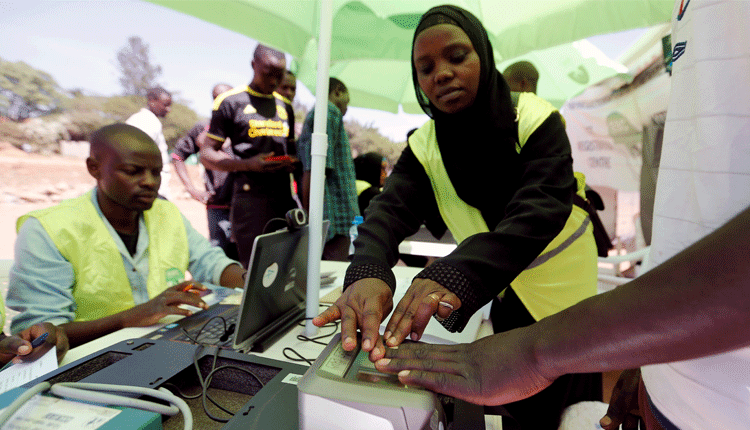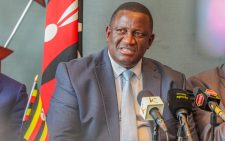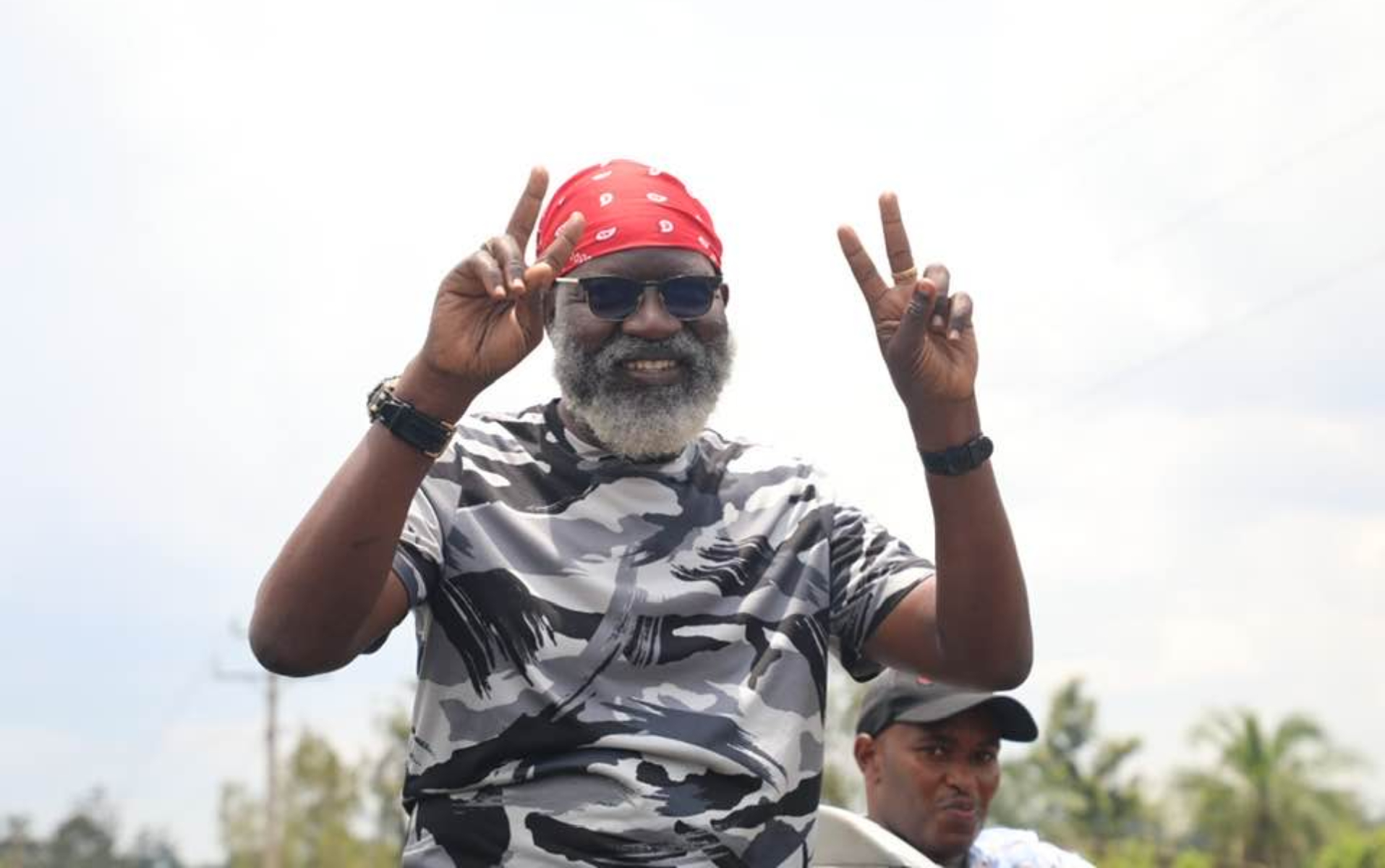What is IEBC doing differently to hit registration targets?

The Independent Electoral and Boundaries Commission (IEBC) has rolled out the second and final round of voter registration after achieving dismal results in the first round.
The second round was launched on January 17 and will run until February 6.
Although it had ruled out a second round of voter registration, IEBC decided to do so after receiving money from the Treasury for the exercise.
The first round, that ran from October 4 to November 2, 2021, only registered 760,000 out of a target of 4.5 million eligible voters. This was a measly 17 per cent success rate.
The question is whether the IEBC is doing anything differently this time round to give anybody confidence that the results will be different. A successful voter registration exercise is very important to the development of democracy in Kenya.
First, if the IEBC does not manage to register a significant number of the potential four million young people who are potential voters, it will have disenfranchised a large section of the population. With voters in the registration roll currently at 20 million voters, it will mean that a fifth of eligible voters did not participate in the electoral process.
IEBC is deploying facilities and resources to register voters. This means that these resources will have gone to waste if it does not achieve its target. It ought to have determined whether those resources would not have been better used to fund other critical operations given that IEBC is struggling financially.
That wastefulness is reflected in the number of registration clerks countrywide who are sitting idly every day, and the diverted energy and focus that IEBC must give towards the exercise until it ends.
That is why it is a matter of concern that IEBC seems to have fallen into the same rut it was in when it was conducting the first round of voter registration.
The template then, as now, was to create registration points, place a table and chairs, erect a banner, have registration clerks report and occupy the chairs, then wait for eligible voters to “flock” in. That is the supply side.
This business model shows every indication that it will be as much a flop as it was in the first round of voter registration. The clerks remain idle one week into the exercise. Clearly, the demand side has not been dealt with.
The key dynamic missing from the voter registration exercise for the 2022 General Election is the buzz that has accompanied previous exercises. The exercise seems to have very little traction with partners and collaborators who have been fully involved in the past.
Even politicians and non-State actors like governance and democracy activists are absent.
It all looks very casual. One would be forgiven for thinking that this is being done deliberately.
The target for the exercise are first time voters, young people who have come of age after the last voter registration exercise preceding the 2017 general election.
Has IEBC mapped them out, where they are and determined the best way to reach them most conveniently?
Most importantly, why has IEBC failed to reach out to them with an aggressive civic education campaign to sensitise them on why their vote counts, and how they can use it to get a say in controlling their destiny?
The ultimate responsibility for the success or failure of all preparations for the general election fall squarely on the commission. They are the duty bearers.
If they are having problems that Kenyans are not aware of, they need to speak out early so that those mandated with providing them with the necessary support can be called out immediately. Simply crying finances will not cut it.
Elections have become a matter of life and death in Kenya and nobody should treat any of the processes necessary for a free, fair, credible, peaceful and transparent election casually.
One hopes that the conduct of the voter registration exercise is no reflection of how IEBC intends to conduct the general election on August 9.
—gathukara@gmail.com













